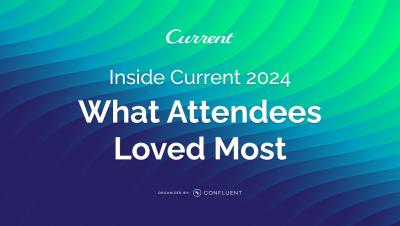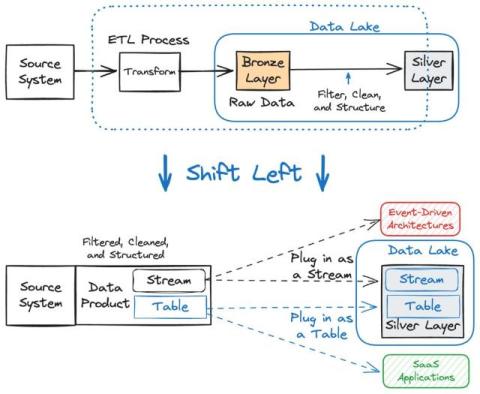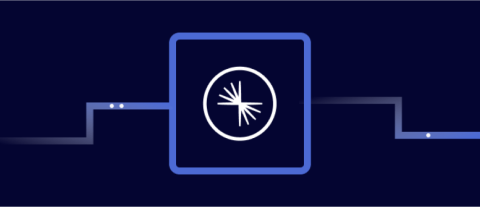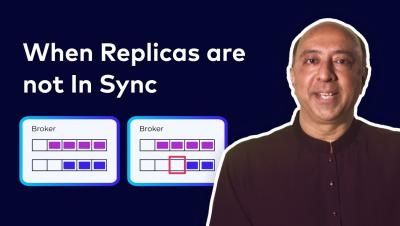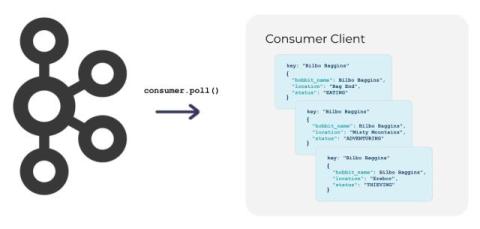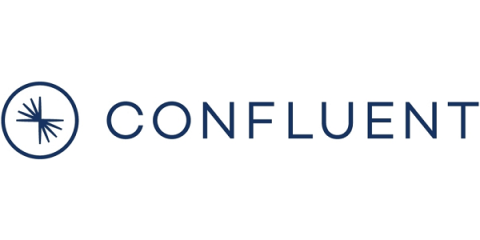What Made Current 2024 Unforgettable? Hear From Our Attendees | Current 2024
In this recap video from Current 2024, attendees share their favorite moments from the event. From insightful talks on data streaming innovation to hands-on workshops and networking opportunities, hear what participants found most valuable.


